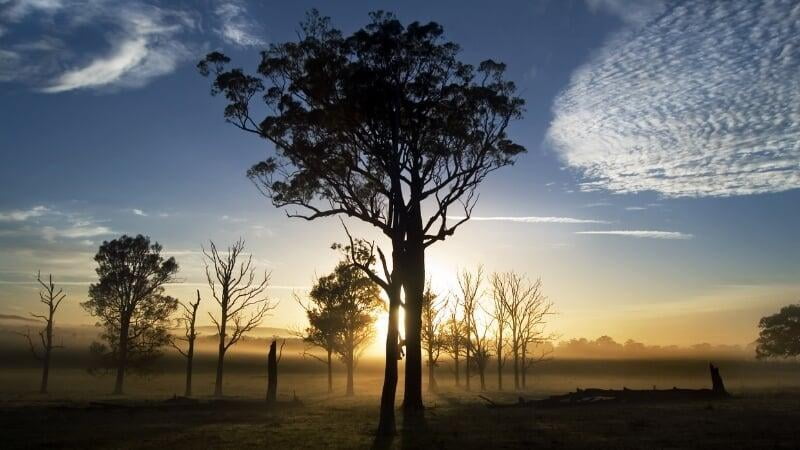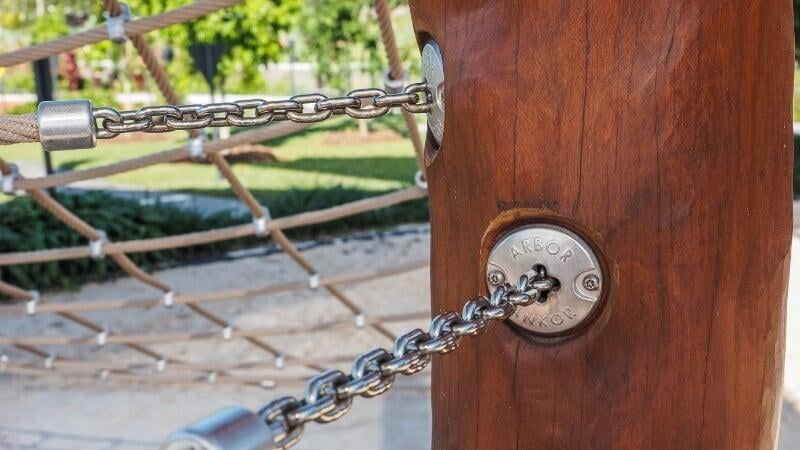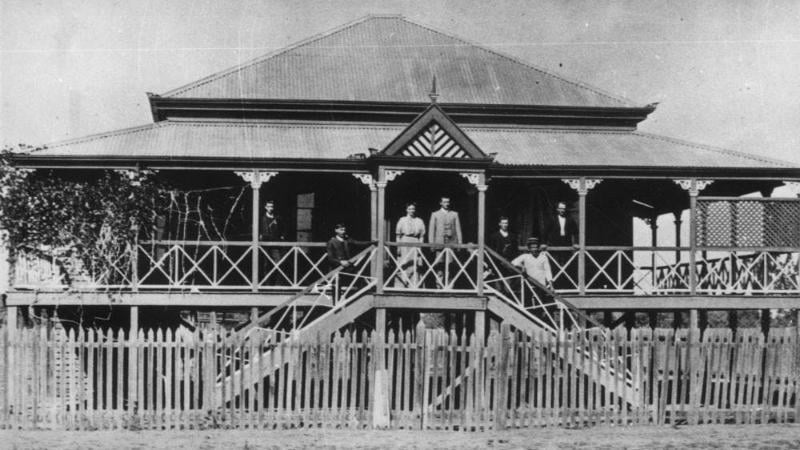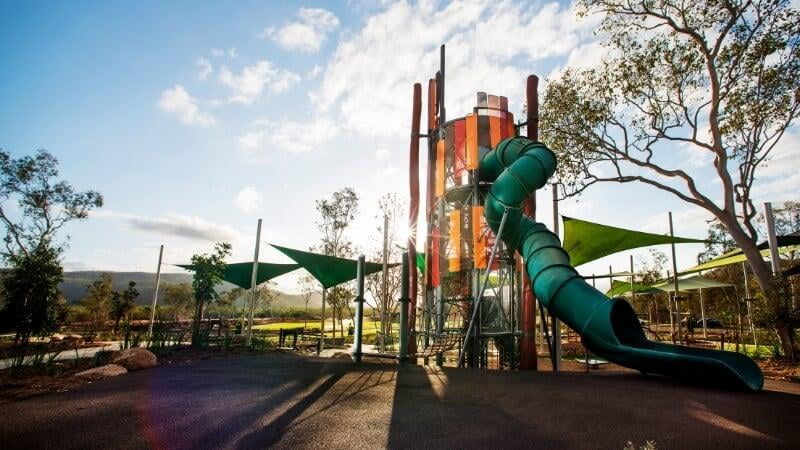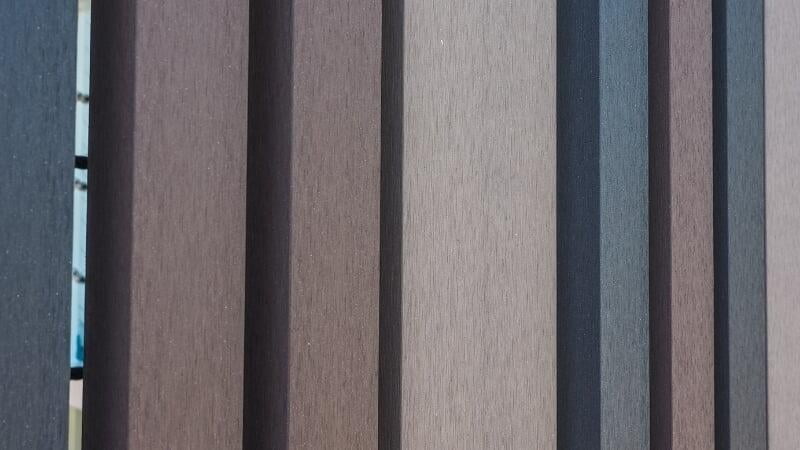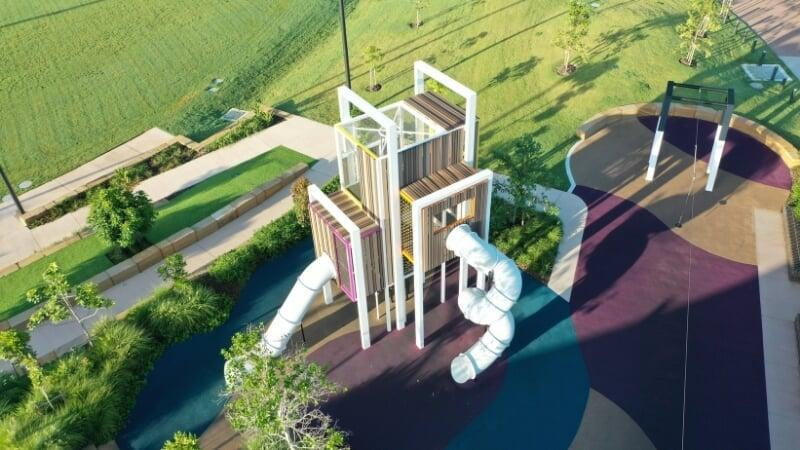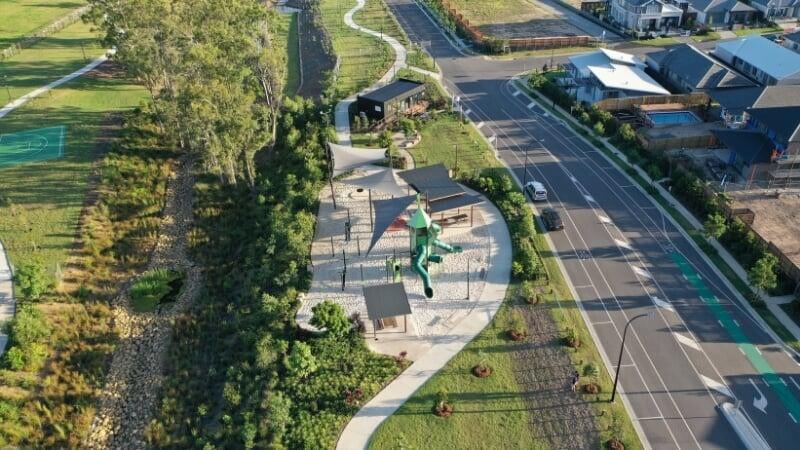Creating for the Future
Our businesses and lives have evolved to include more sustainable practices and a focus on improving the environment for generations to come. Let's discover the elements we've committed to creating and using to reduce our environmental impact.
Using Australian Hardwood Timber
While others are importing timber from overseas or avoiding the use of timber completely, we have embraced the incorporation of Australian hardwood timber into our designs; both as a structural and aesthetic element.
The Rustik Australian hardwood is recovered from high-quality timber resources through development land clearing and sustainable forestry practices. Although a time-consuming process, the timber has the sapwood (outer layer) removed to expose the heartwood, which is then sealed to reveal a beautifully finished, durable timber element. Structurally strong and aesthetically pleasing, every timber is unique, with multiple surface colours and finishes available to enhance the natural grain.
Sapwood removal is not a new process to ensure timber strength; ironbark stumps have formed the foundations for Queenslander house construction for centuries, with the original sapwood removed with machetes and hours of intense labour. The result was a foundation that tolerated pests, floods and cyclones, still standing strong 100 years later.
Sourced species are Ironbark (Eucalyptus sideroxlylon) or Desert Bloodwood (Corymbia opaca), both of which are hard, dense and conditioned for use in Australia due to their growth environment; withstanding blistering winds, heat, frosts and intense UV exposure.
Timber footings are protected from moisture ingress with black bitumen paint, and we use a combination of direct bury and then concrete pier or concrete strip beam construction for maximum strength. Rustik Australian hardwood timber elements are guaranteed for 15 years.
Durability
We design spaces for generations of Australians; not just intended for all ages to enjoy but for use years into the future. This means selecting the right materials to ensure the longest possible product durability and minimal maintenance requirements, so the space stays open, longer.
Powdercoated aluminium and steel, stainless steel and hardwood timber form the structural elements of our designs; offering ultimate durability in Australian conditions and with the ability to be cleaned, maintained and repaired with ease if necessary. Once an asset has reached the end of its lifecyle, the aluminium and steel can be recycled and the hardwood timber reused – as an aesthetic (rather than structural) element, as firewood or chipped for mulch. Our aluminium, steel and stainless steel components are covered by a warranty term up to 25 years.
Recycled and Upcycled
Technological advancements and innovative consideration have challenged the way we think about materials and commodities, and our ability to upcycle and recycle is adding another dimension to our selection process.
With the natural look of timber, our composite timber products are made from recycled polyolefin (plastic from post industrial waste), rice husks and recycled hardwood timber so they are ecologically sustainable and kind to the environment.
Composite timber is long lasting, does not require painting, does not rot, splinter or lose its colour. There are a range of colours and profiles available, with the option to layer different colours and sizes to create a stunning result. Our composite timber pieces are covered by a 10 year warranty
Integration
As part of a broader masterplan or expected community use now and into the future, our recreational spaces have a huge role to play in the overall health and happiness of our communities. We focus on designing spaces that integrate within their natural setting, connect to surrounding and future infrastructure and create a space for everyone. With the ability to integrate with biodiversity corridors and incorporate responsible water management and flood mitigation strategies, we can now create recreational spaces in previously unusable areas; delivering positive environmental impacts and land utilisation.
Tell us in the comments below; what's your favourite sustainability practice or environmentally friendly materials?
